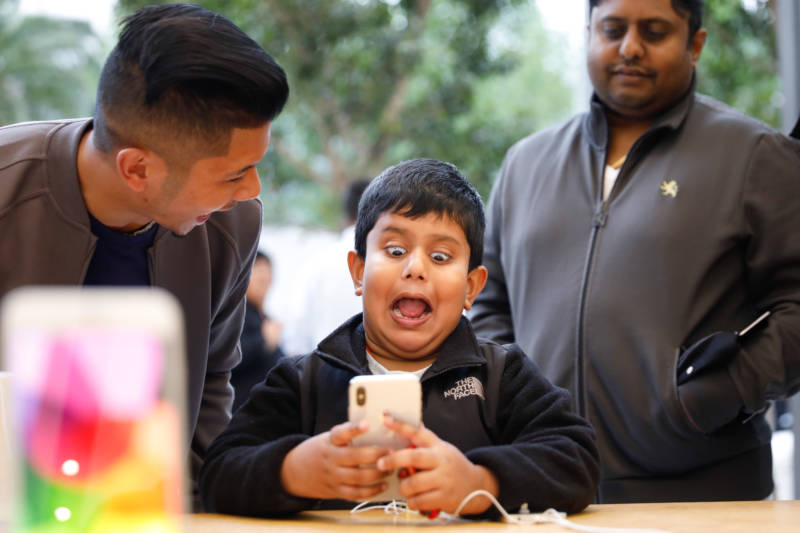While Harris was vague about how he plans to move from thought to action in this latest endeavor, the Center for Humane Technology did release a new design kit to help tech companies better understand how a user’s emotional state — and ability to pay attention — might be impacted by new products.
In an interview, Harris said consumers need to rethink the current “free” business model of the tech industry.
“We’re getting free social isolation, free downgrading of attention spans … free is the most expensive business model we’ve ever created,” he said. He suggested that if users were willing to pay for social media subscriptions, companies might be encouraged to compete for something other than their attention.
In Mendocino, a different type of tech activism is underway at a digital detox facility called Camp Grounded. There, tech refugees trade in their cellphones and computers in exchange for activities like archery, crochet, and, “laughter yoga.”
Awaiting them when they return are a whole host of new self-control products and features meant to limit screen time. StayFocusd and Freedom stop people from accessing “time-wasting websites” after a specified amount of daily use, while Mindful Browsing gently urges people to do something more productive if they try to open, say, a social media app.
But is this tech detox helping?
In a Pew Research Center survey last year, 54% of teenagers in the U.S. said they spend too much time in front of screens, but researchers noted that didn’t mean they tried to limit their time on them: “There is little association between teens’ views of how much time they spend on various screens and whether or not they have tried to limit their time on those devices.”
Despite the allure of digital detox, it’s unclear whether giving up one’s phone for a weekend or checking how much time is spent online affects our use of technology moving forward.
Outside the tech industry, skeptical voices have emerged.

